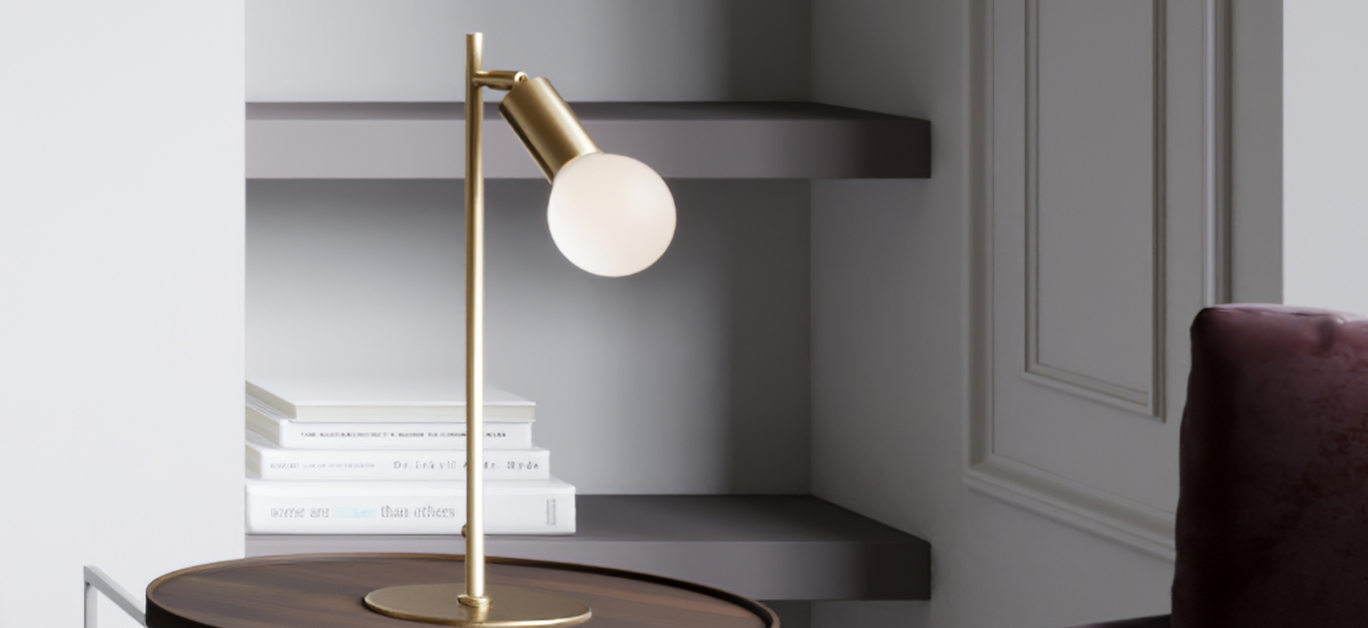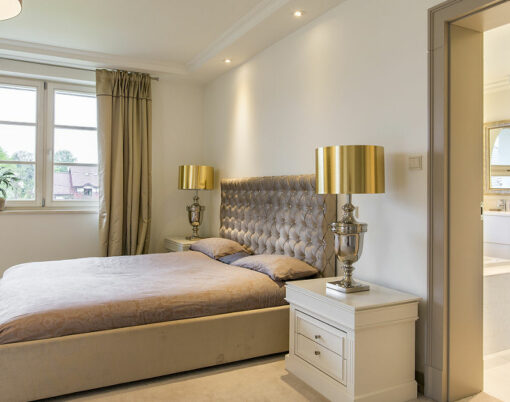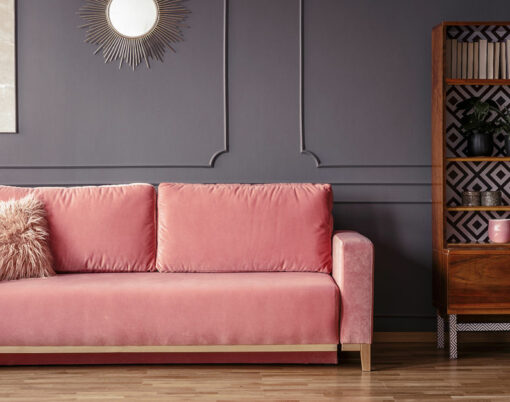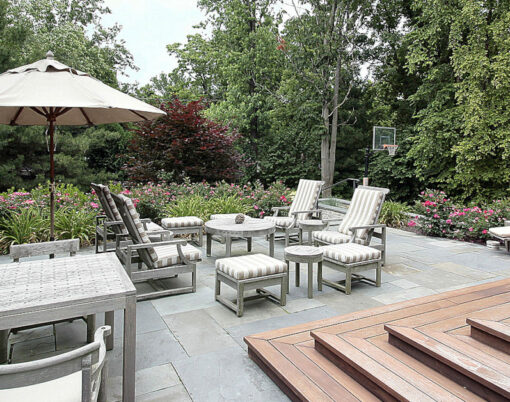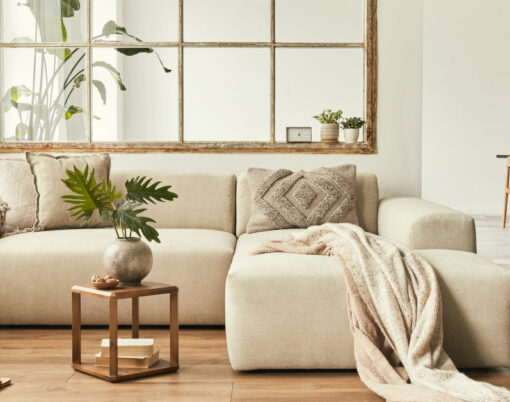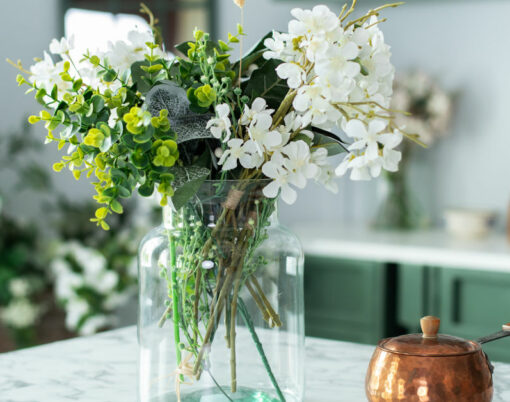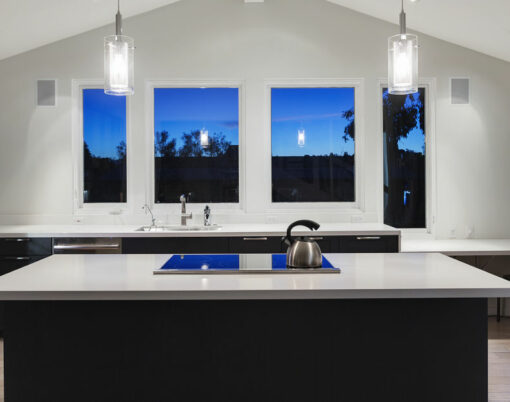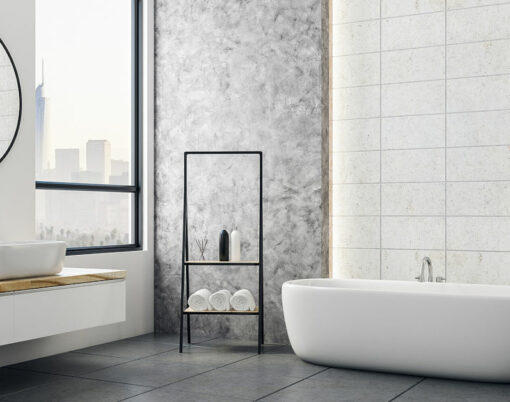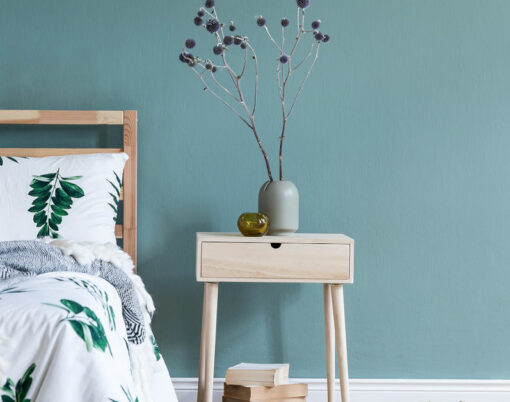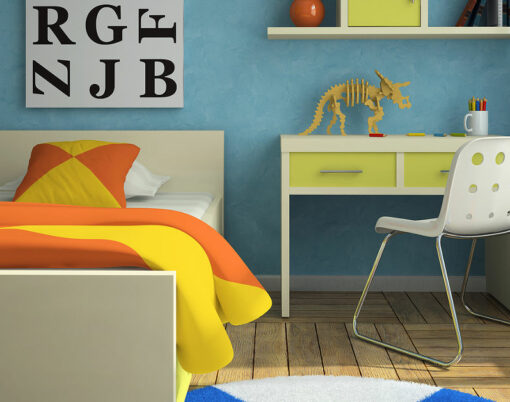Lighting choices are very important when it comes to selling your home. Lighting can be used to not only make a property more aesthetically pleasing, but it can also work alongside the current structure to improve the space in terms of usability and functionality. Small, cramped spaces can benefit from strategically placed lighting to give the illusion of more space. While focal points can be emphasized, energy costs are reduced with the right materials being used.
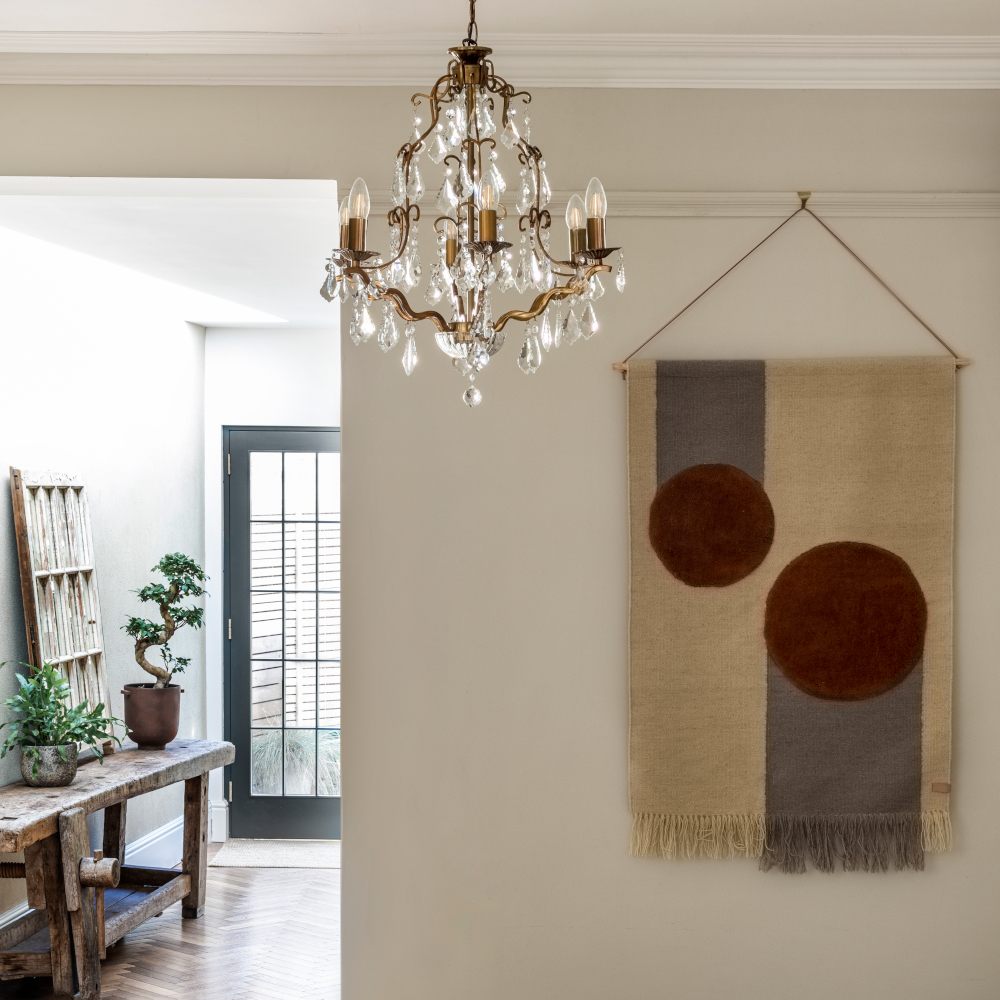
From maximising natural light to brightening up north-facing rooms, consider these lighting design tips to maximise the potential of a property.
Maximise the natural light for potential buyers
Niki Wright, co-founder of luxury lighting company lights&lamps, says: “The positioning of lighting is key to any scheme. There is always a darker, north-facing side to every home and the use of lighting is an easy solution. Sellers shouldn’t be afraid of turning on a light during the day, even in spring and summer. Illuminating a dull corner with a table or floor lamp or washing a dark wall with a well-placed wall light can make a huge difference to the energy and feel of a room.”
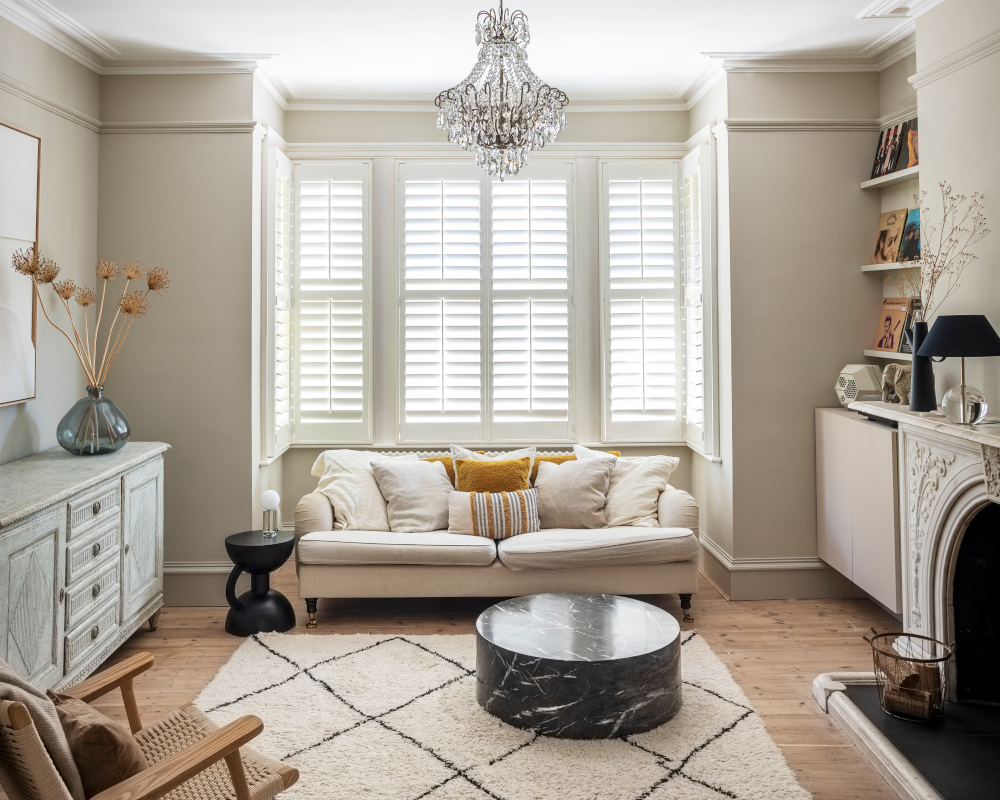
Create an inviting and welcoming environment
Lighting creates a huge impact, both on and off, so think about every area of your home from the front door hallway to bathrooms and alcoves. Wright advises: “Walk through your home and think about the mood you want to create and the light that is required or is missing.”
Consider the lighting for the season
It’s important to use different lighting in different seasons. Ceiling lights are perfect for darker days but may need dimming or even switching off when relaxing by the fire or TV. Think of lighting as the sun. Big and bright in the day, becoming lower and softer by night. When ceiling lights are no longer needed to see by, switch on a larger floor lamp, when the evening progresses, they can then be complemented or replaced by a more subtle table or bedside lamp. Imitating the setting sun is a great way to transition your living space throughout the day and bring peace and calm before bed.
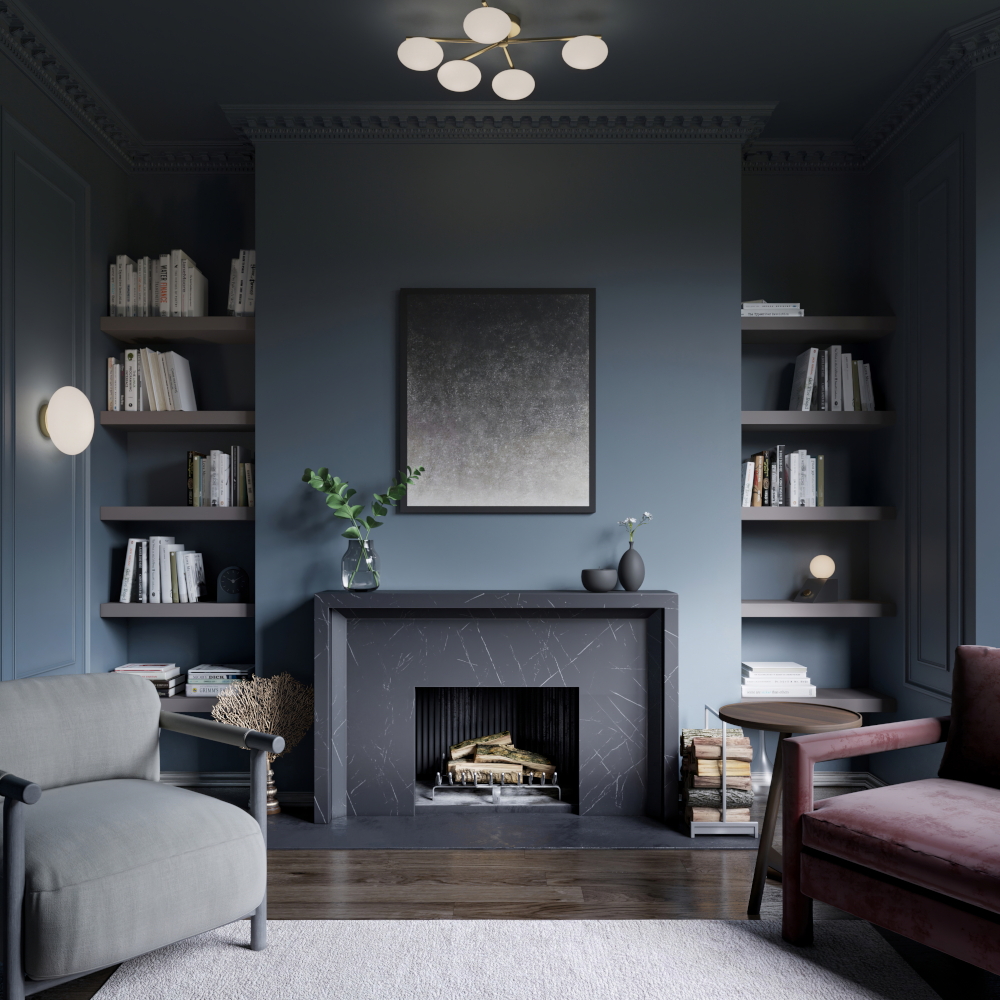
Wright explains: “Generally speaking, cool white or even daylight bulbs are only really good for high task or work space areas where there is no natural light. Layering warmer light is a more natural way to brighten your living space and help transition the day into the evening. The use of brighter ceiling fittings in the day is often a subtle enhancement to natural daylight. Dimming them down in the evening and complementing them with low level lamps can transform a bright space by day into a cosy living room by night.”
Create a good first impression and add interest to a decorating scheme
“Adding wall lights to a hallway is a great idea and investing in an electrician to add in the wiring required is a worthwhile investment. As it’s likely to be a high traffic area of the home, the flusher to the wall the better,” says Wright. “Don’t rely on just a single overhead light, layer lighting levels from several sources, with a mix of table lamps on surfaces, floor lamps, and wall lights to cast a cosy glow. Highlight any focal point features or architectural details with accent lighting.”
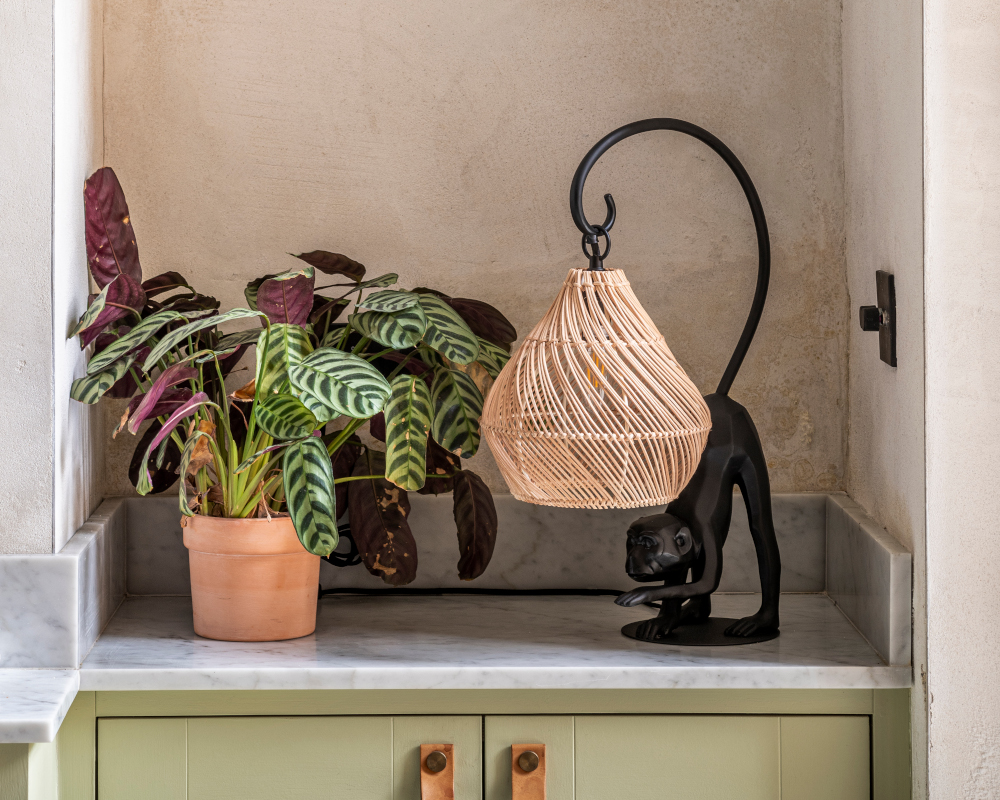
Strategic lighting solutions for the heart of the home
Kitchens need to work hard and so does the lighting. Wright says: “Recessed spotlights or undercabinet lighting is a common solution, but also consider the space when it’s not being functional. Family and friends often congregate around an island so consider low-level or pendant lighting here.
Don’t be afraid to use ‘living room’ lighting in the kitchen: a floor lamp in a corner or a table lamp at the end of a worktop. We have seen our customers use pendants for above an island or table, wall lights for above or below a shelf, floor lamps to light the corner of a dining space and a statement flush ceiling fitting which perfectly complements each piece in larger or open-plan spaces.”
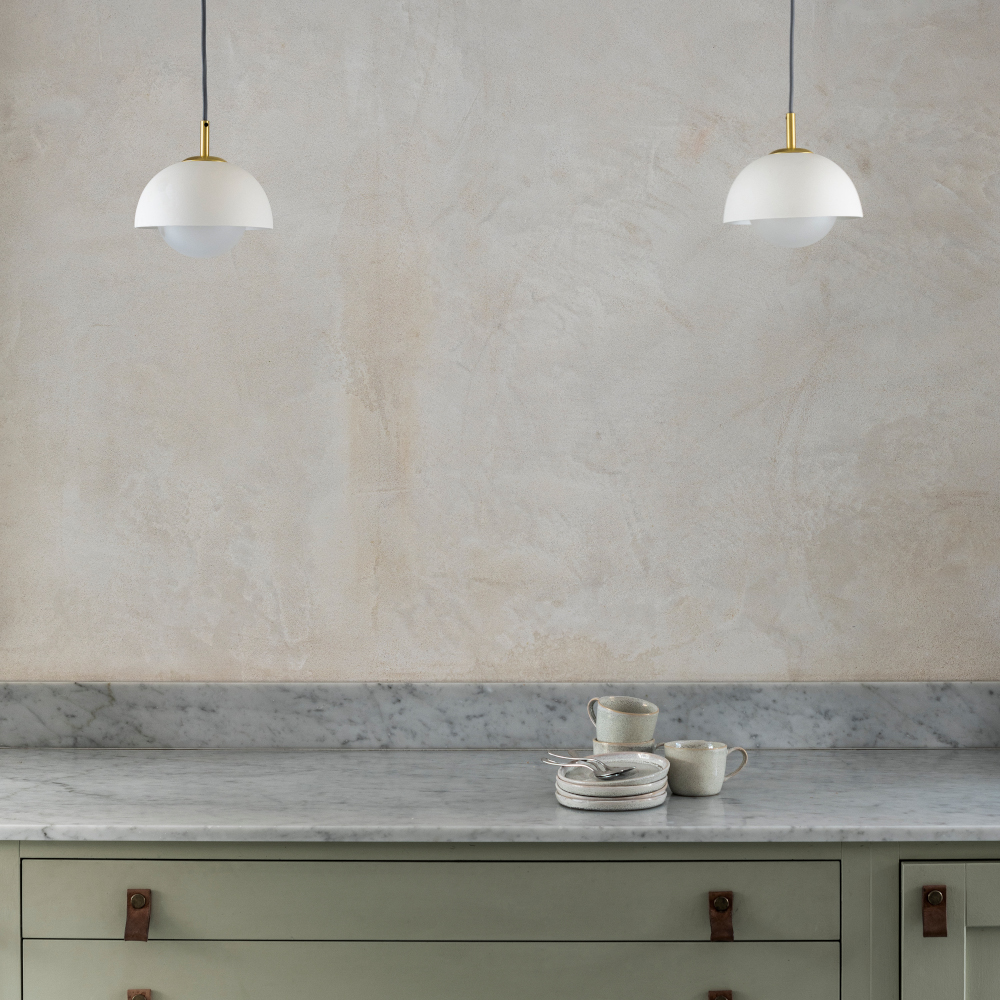
Light up the most wanted room in the home: The home office
Working from home has had a massive acceleration over the last couple of years and the integration of a home office is still an important part of interior design. Wright notes: “From a lighting aspect, it’s important to create a space that means task lighting doesn’t have to be so utilitarian. A light or lamp that can adapt or reposition from practical use to a more home-focused and considered design item. The best desk lamp is one that lights up your workspace, without taking up too much of your desk and without looking like you’re in a commercial office.”












